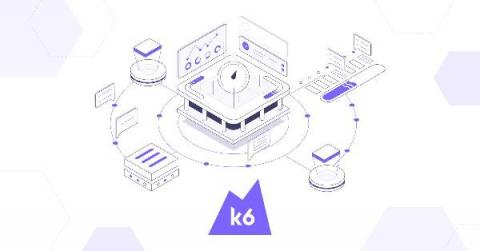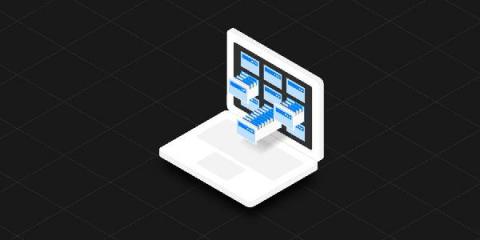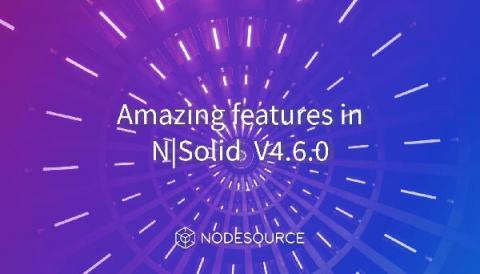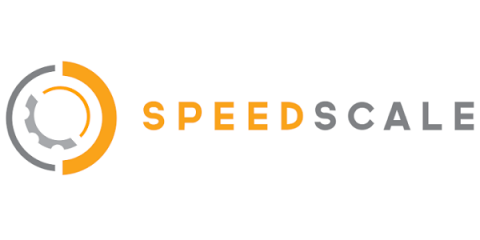How to Load Test Your Kafka Producers and Consumers using k6
Recently, k6 started supporting k6 extensions to extend k6 capabilities for other cases required by the community. The community has already built plenty of extensions. k6 extensions are written in Go, and many of them are reusing existing Go libraries. This makes k6 to be a versatile tool to test different protocols and adapt to multiple cases. This post is the third part of my series of articles testing various systems using k6: Let's look in this post how we test the popular Kafka project.









